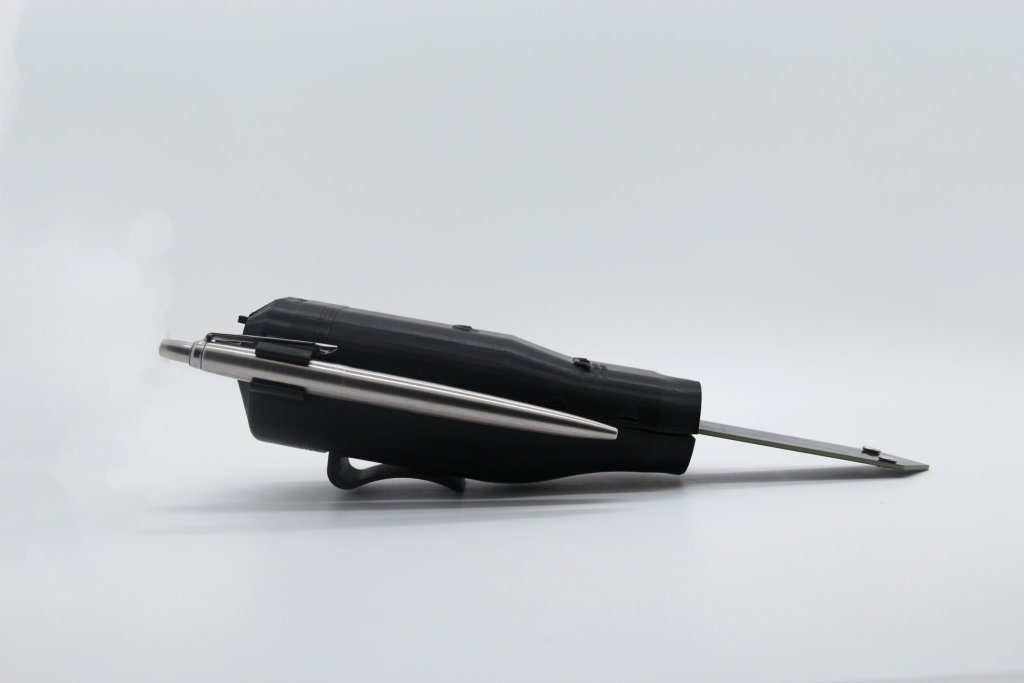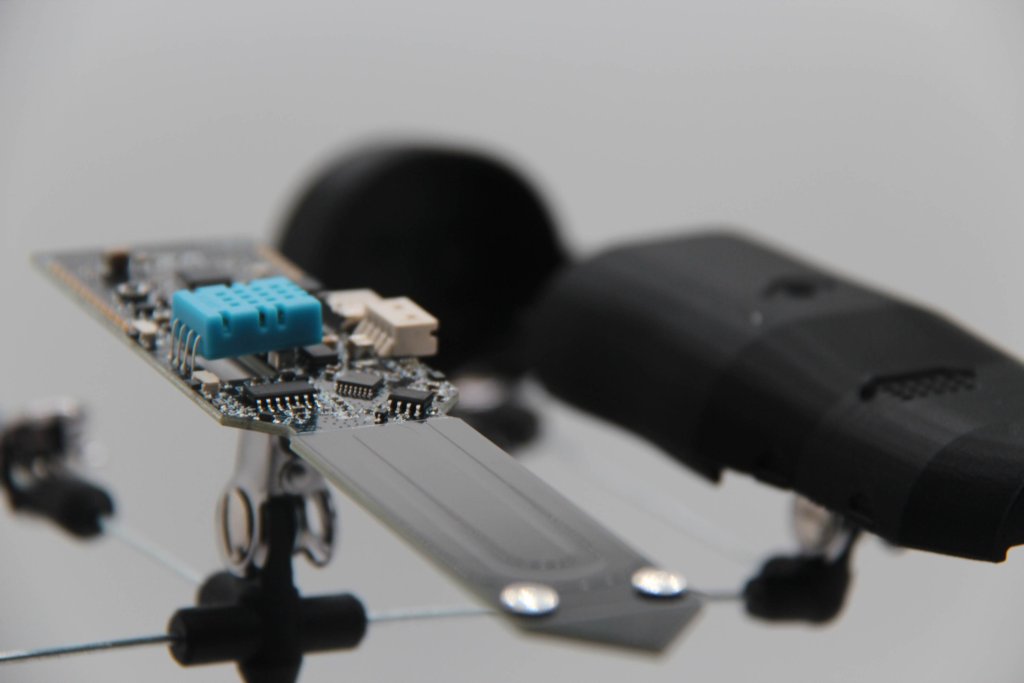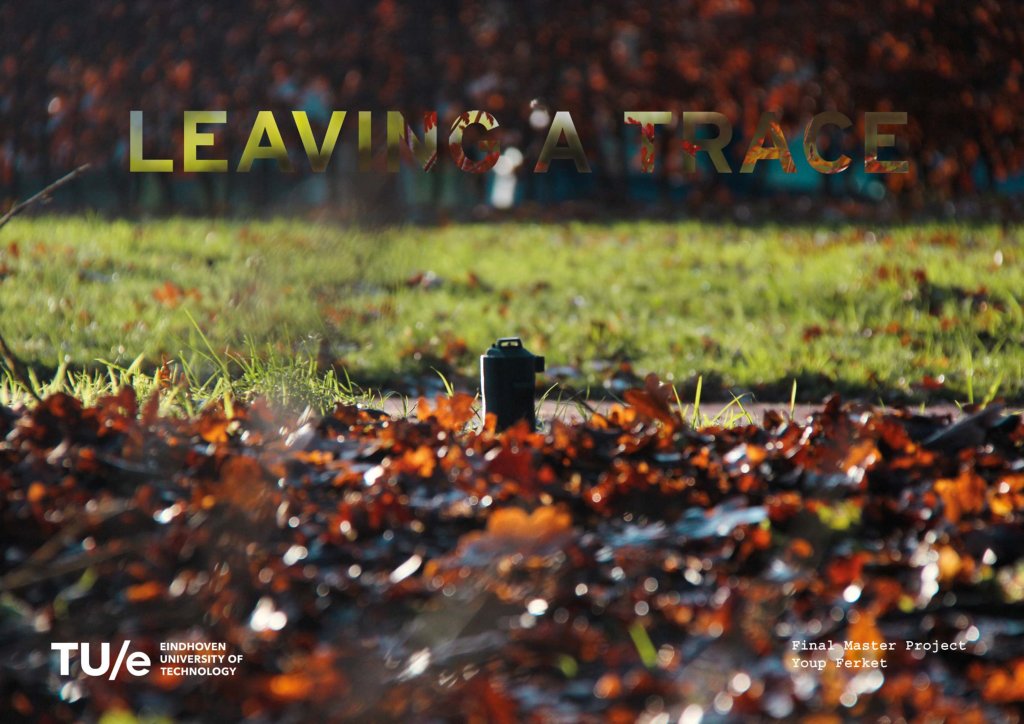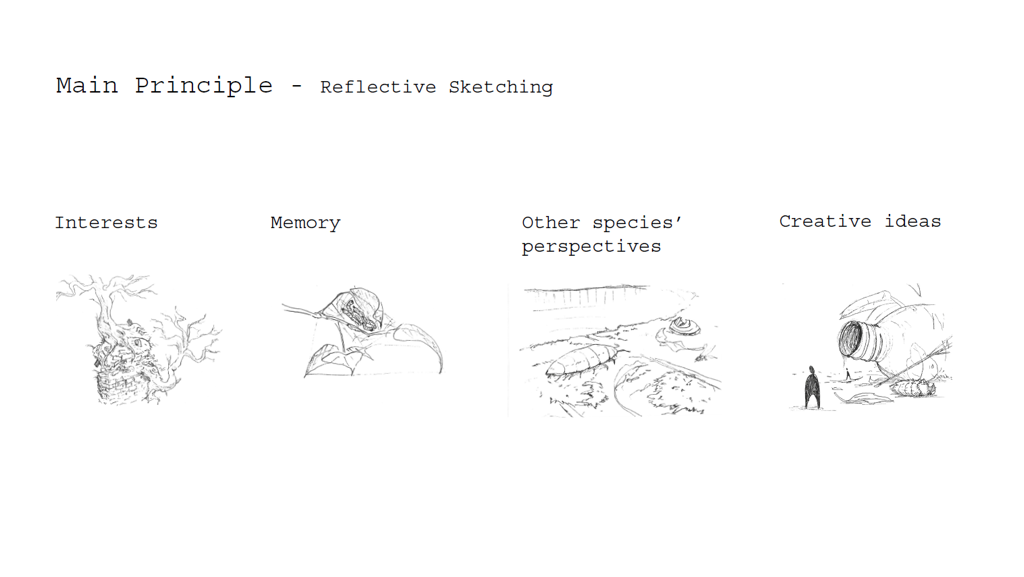Increasingly, designers are expected to position themselves and their work in relation to the ecosystem. One of the first steps they can take is to include other species’ perspectives in their design decisions. The challenge lies in revealing the importance of these non-human perspectives to the designer. Leaving a Trace equips designers with tools and methods that help them to understand the relevance of and relate to the often-overlooked perspectives of other species.
To tackle the perspective gap, we developed an open-source sensor kit along with a three-phase method. It starts with a simple tool most designers already possess: a sketchbook and some pens.
First, the designer sketches their environment, revealing what they did or didn’t notice. By analysing these artistic choices, the sketches become a tool to break down the designer’s own perspective.
While there is much we can sense with our own body, other species may be affected by conditions we can’t reliably sense. In the second phase, we introduce the sensor kit allowing ecological data to be collected.
Lastly, the designer reflects on what they have noticed through sketching, imagining what a non-human viewpoint of the same environment might reveal. After retrieving the sensor kit, the data, the sketches, the photos and research are compiled into a collage, showcasing insights and providing insights into remaining questions.
This method helps build a relational and ecological understanding of an environment, shifting the emphasis from designers towards their relations to the ecosystem. It enables ecological thinking by creating the opportunity to notice other species, to activate curiosity, and ultimately to educate the user in their ecological literacy. While thinking in terms of the ecosystem is a lifelong journey, it can also help to think in terms of feasibility. It is important for designers to consider how far they want their reach to go, recognising non-human agency. Fundamentally, this project reconsiders human impact not as an inherently negative consequence of design, but as something to be designed consciously.





